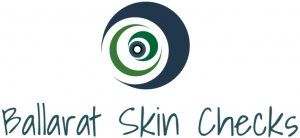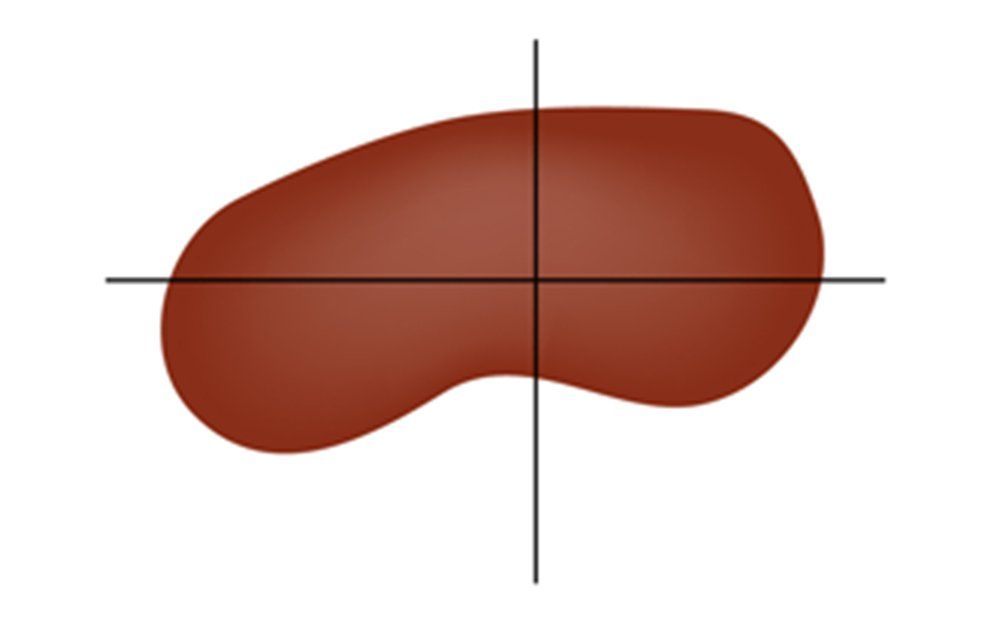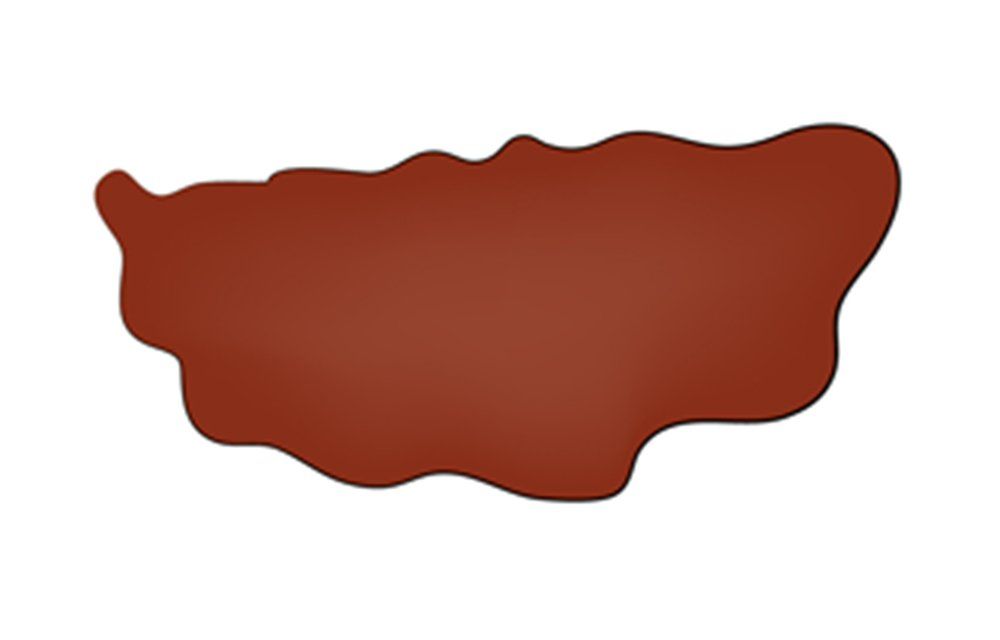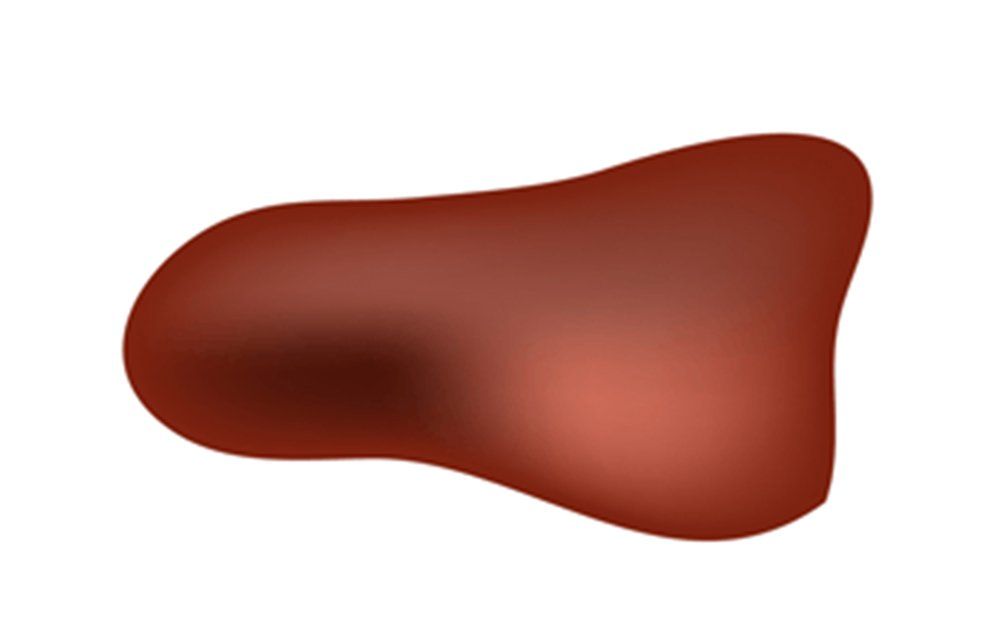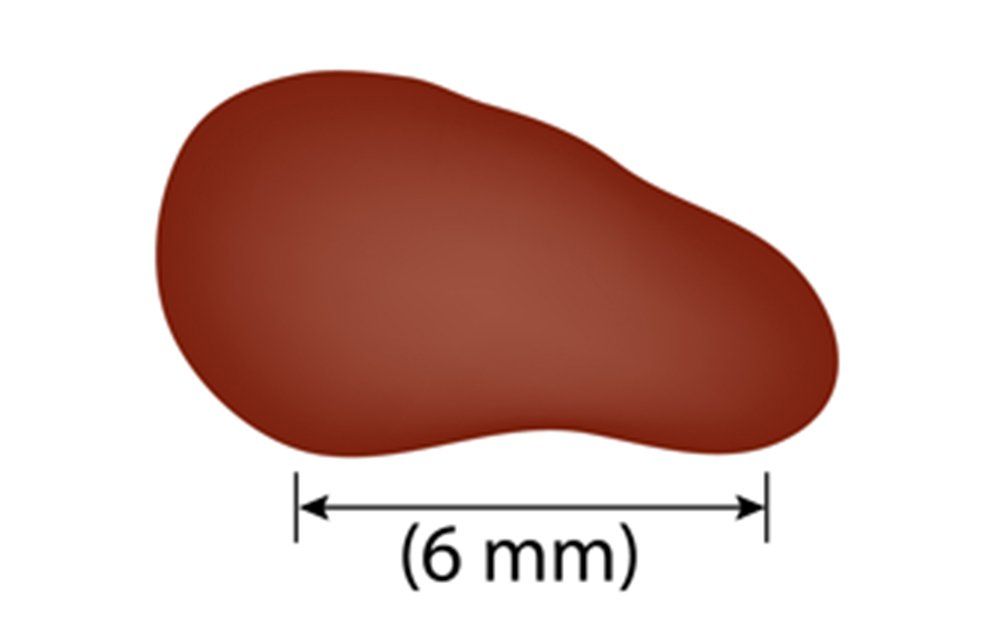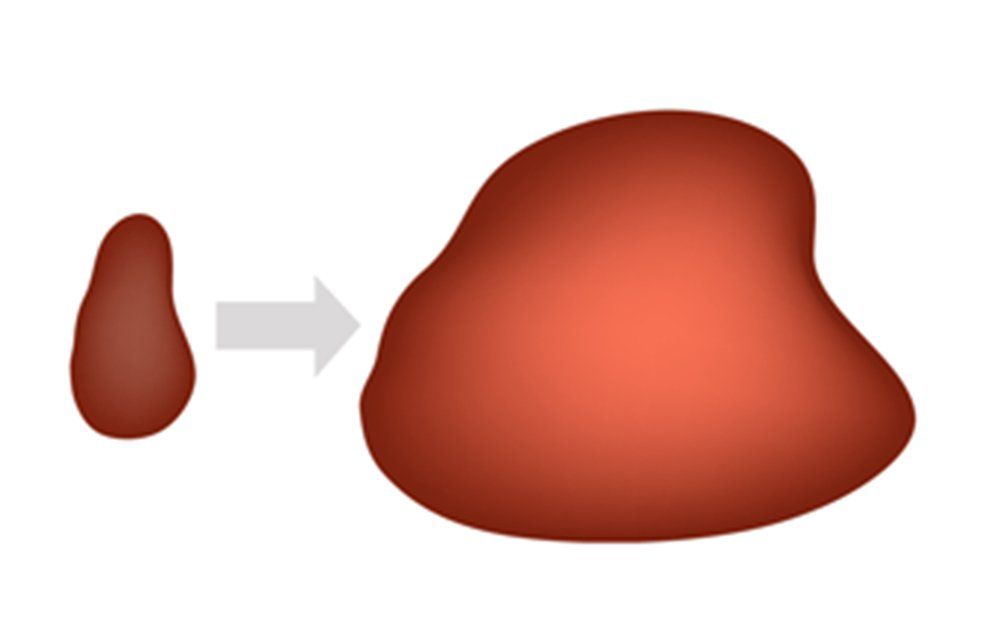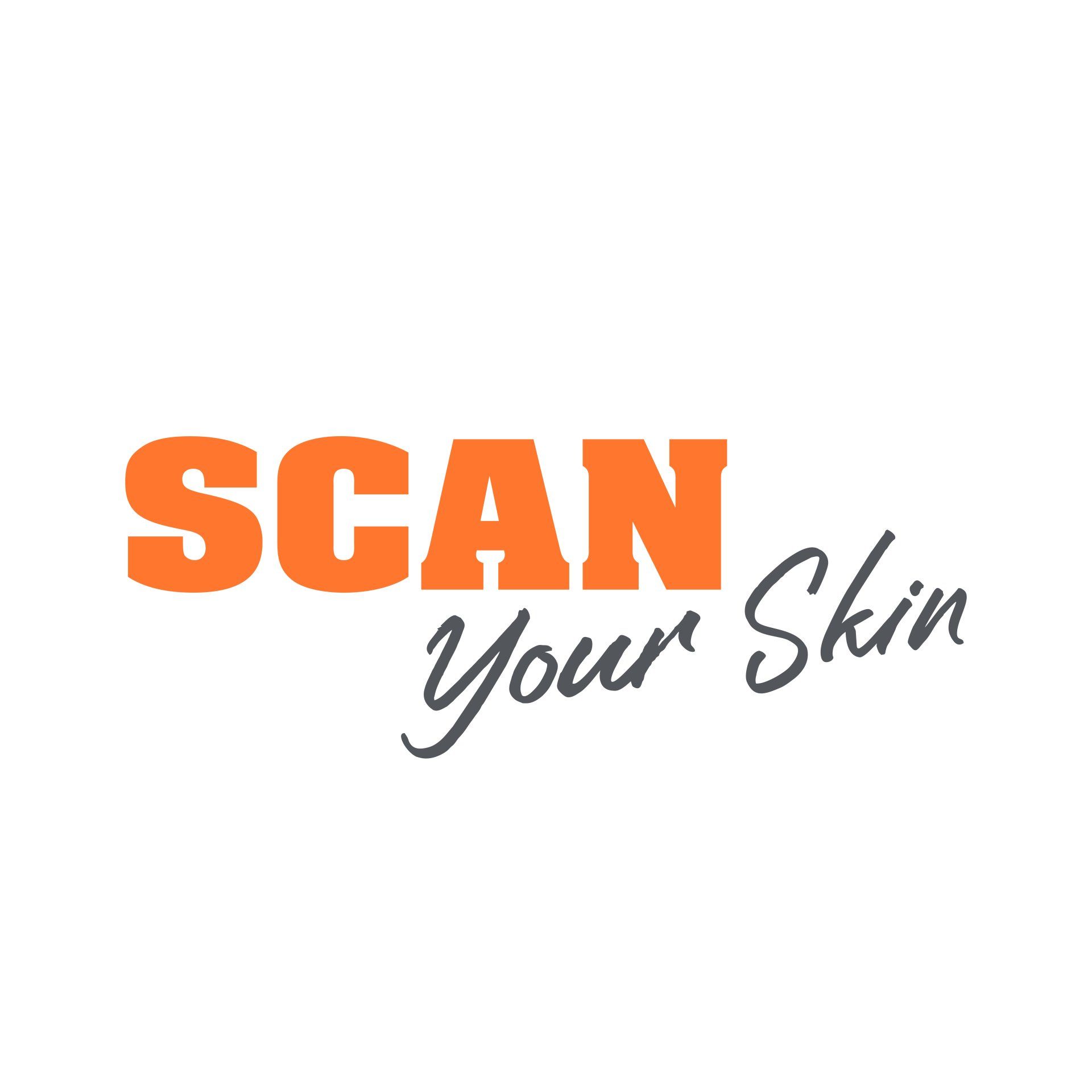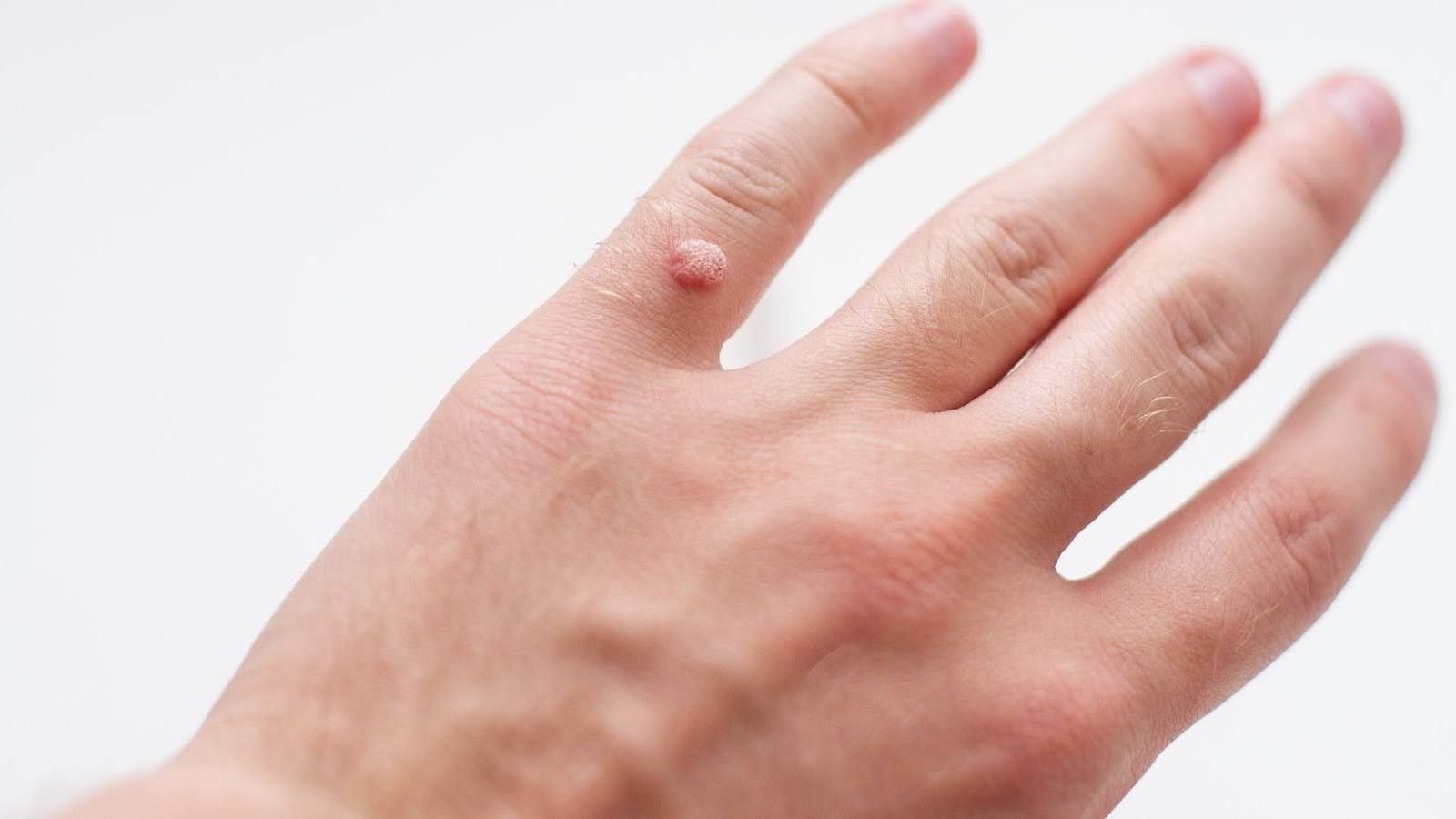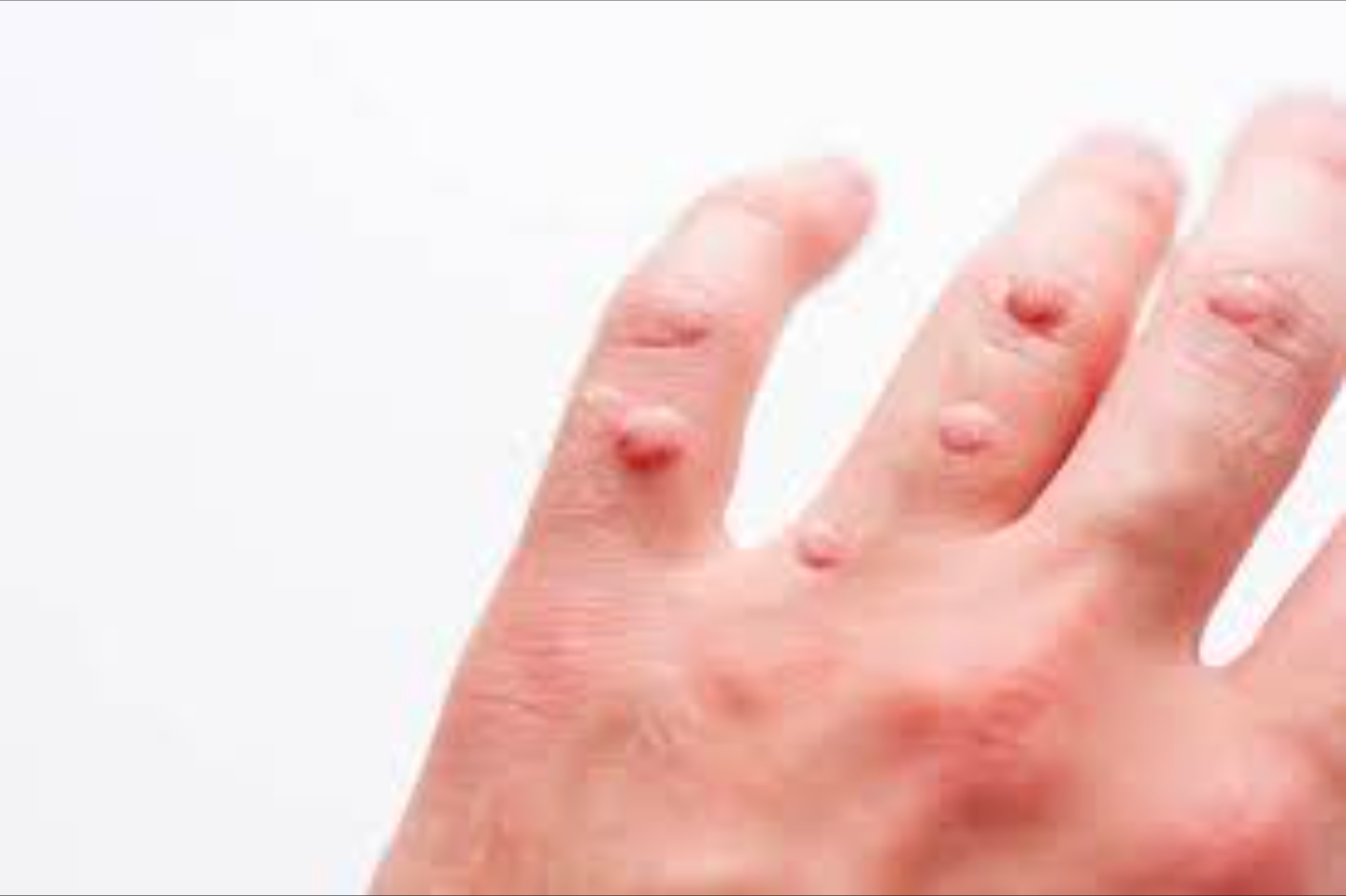MELANOMA
Melanoma is the third most common cancer in Australian men and women, and the most common cancer in Australians aged 15-39 years. It is a malignant growth of abnormal pigment cells (Melanocytes) in the skin, and is the most dangerous skin cancer. One person is diagnosed with melanoma in Australia every 30 minutes. Early detection (an abnormal new or changed mole) and treatment improves melanoma outcomes.
A B C D E RULE
FOR THE EARLY DETECTION OF MELANOMA
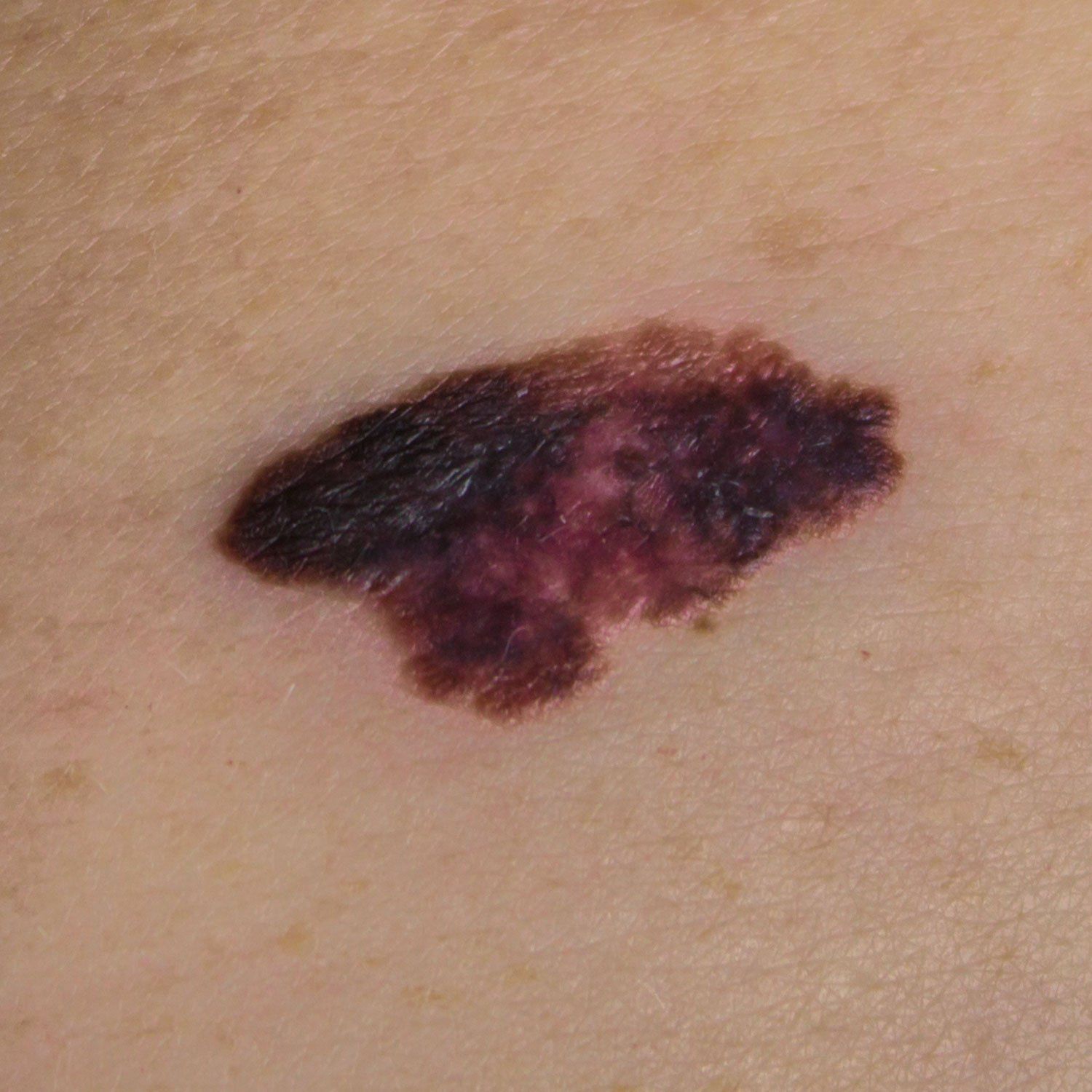
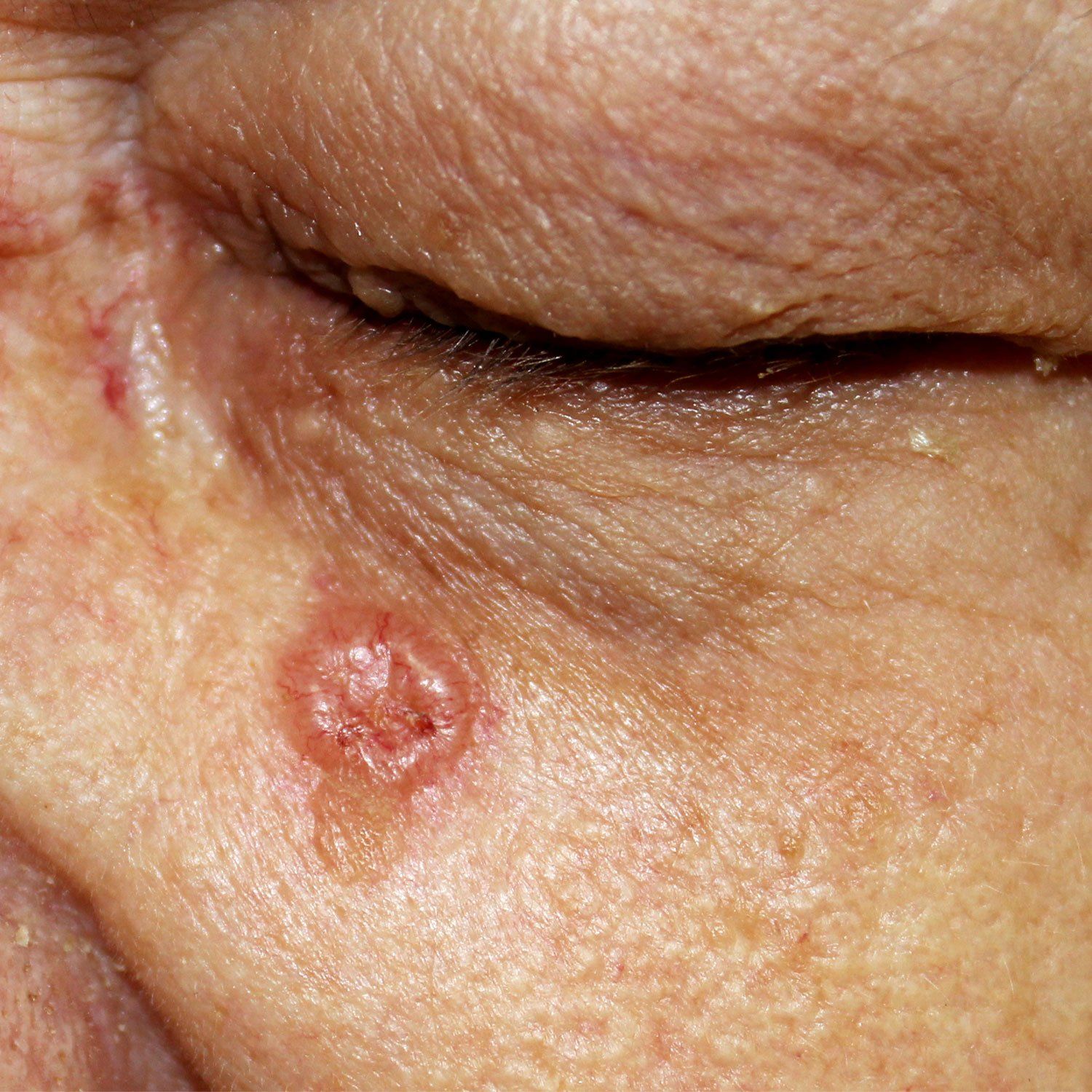
BASAL CELL CARCINOMA
Basal Cell carcinoma is the most common skin cancer in Australia. They can be very superficial or at times deeply invasive. They often ulcerate, but fortunately it is uncommon for them to spread elsewhere in the body.
SQUAMOUS CELL CARCINOMA
Squamous cell carcinoma is related to chronic sun exposure, and they are more common in outdoor workers. They are often scaly or tender and at times can ulcerate. They can spread to other sites of the body, but not as often as melanoma.
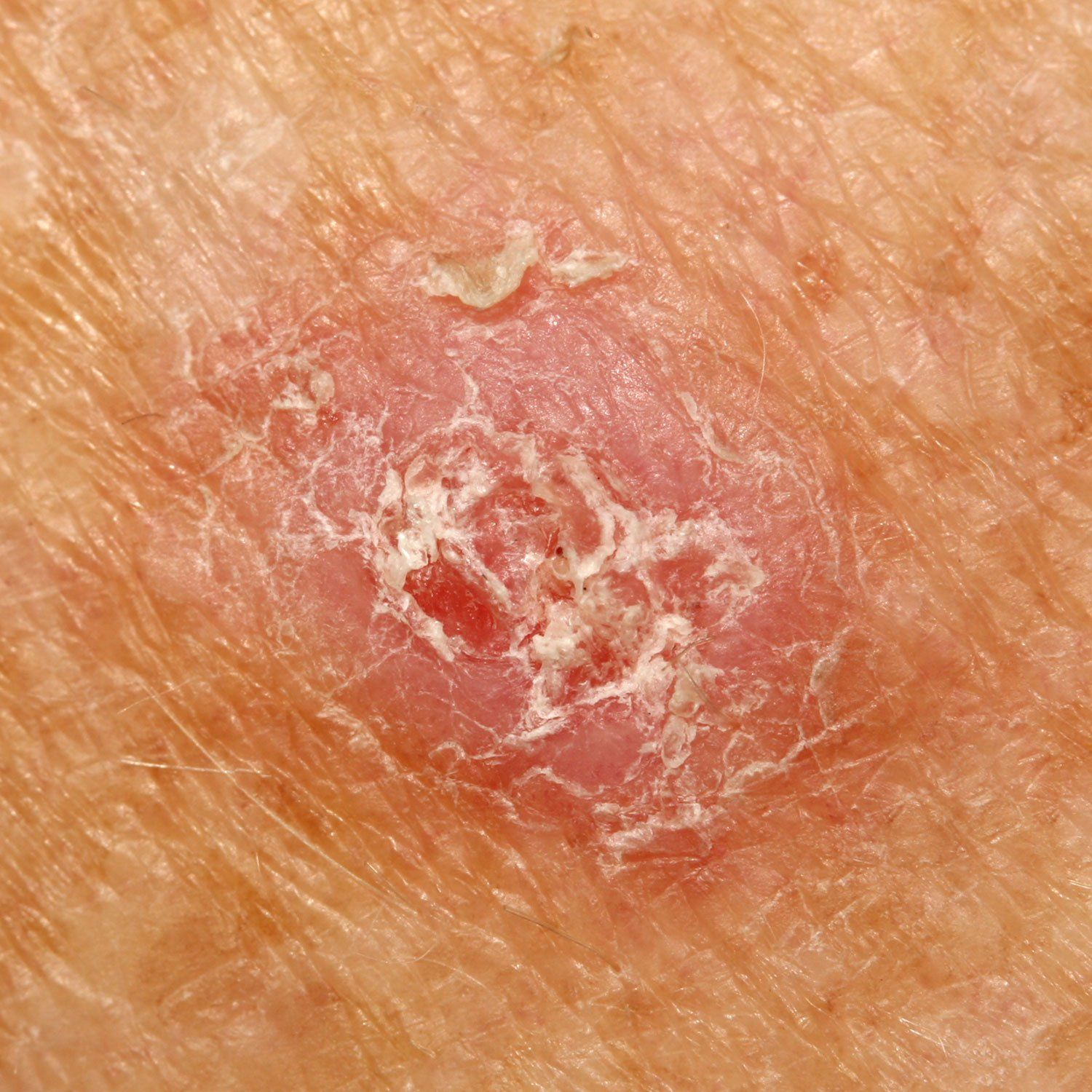
SKIN CANCER TREATMENTS
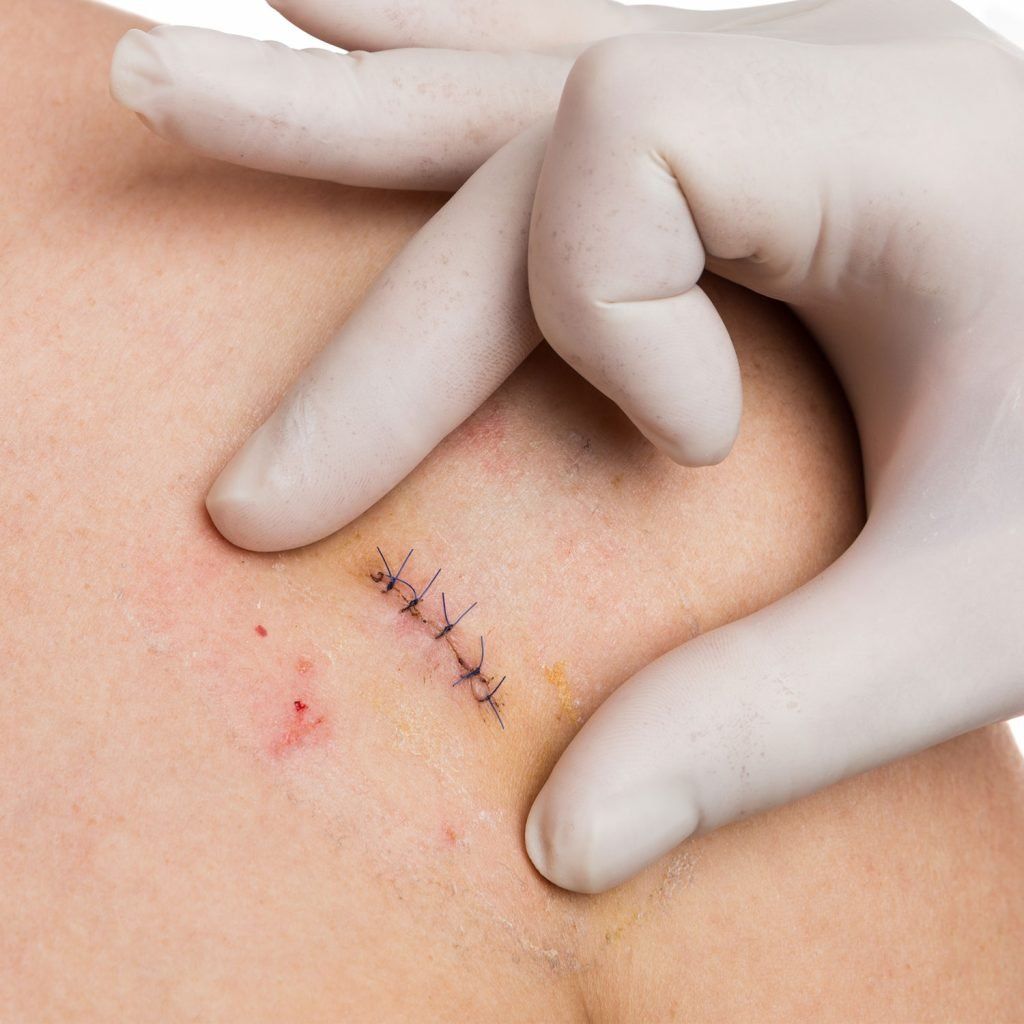
SURGERY
The treatment of most skin cancer at our clinic is by surgical removal. Well-performed surgery has the advantage of providing a complete specimen for the pathologist to confirm the diagnosis, and to check the cancer is adequately excised. Complete excision can be expected to cure the majority of tumours.
CURETTAGE AND CAUTERY
Our clinic employs this useful technique to carefully remove skin involved by skin cancer. It doesn’t normally involve a full thickness scar on your skin. It tends to heal like a graze. It is useful for superficial skin cancers such as low risk Basal Cell Cancers (BCCs), Bowen’s disease (non-invasive Squamous Cell Carcinoma), and Solar keratoses (sun-spots) on low risk sites. It has a high cure rate and tends to heal well, although the healed skin is often pale due to the loss of pigment cells during the procedure. It is not used for removal of a melanoma or an abnormal mole.
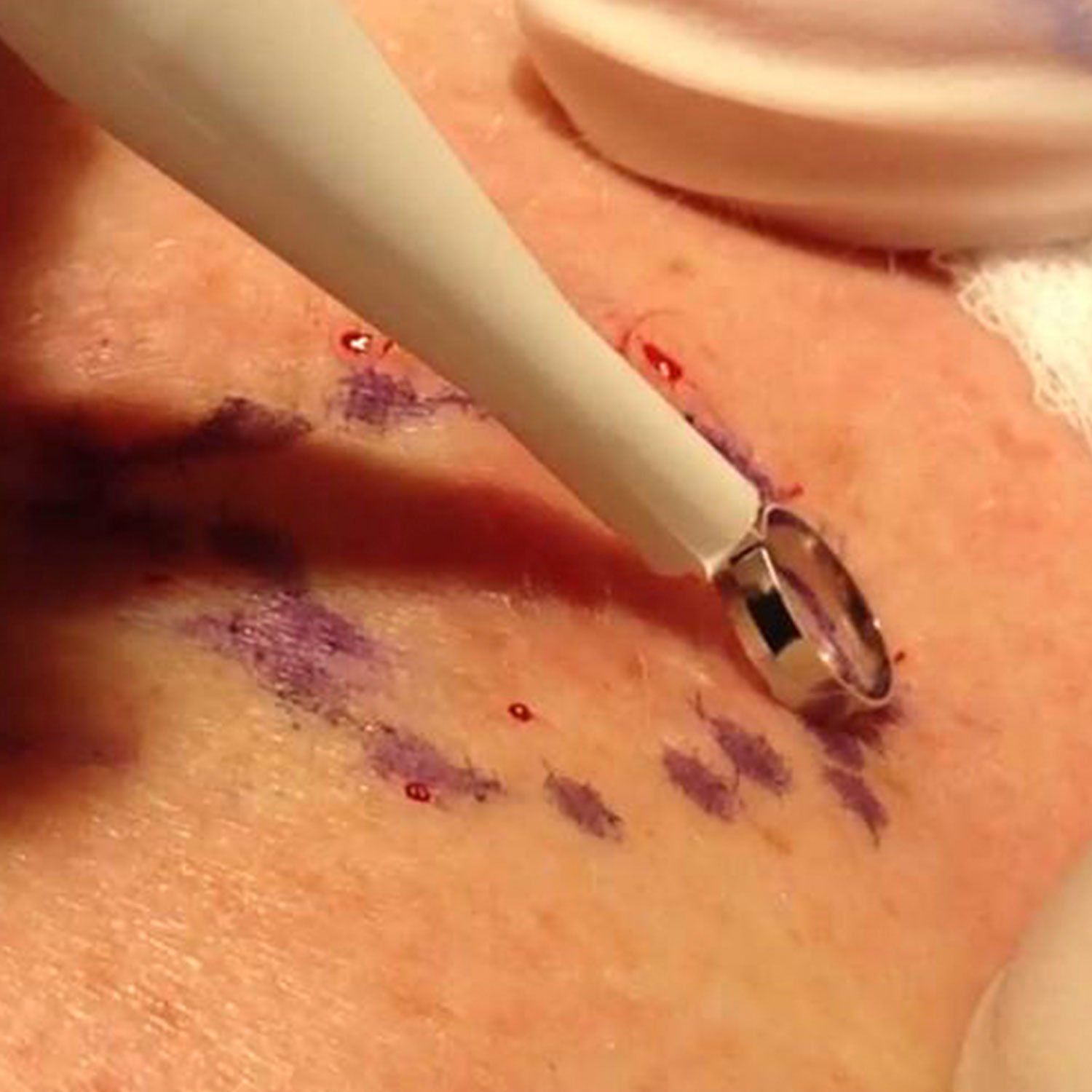
OTHER TREATMENTS
Our clinic employs many other treatments for skin cancers, and your skin cancer professional will help you decide which is best for you.
Certain low risk skin cancers may be suitable for Photodynamic therapy or topical treatments.
Other tumours may be better suited to radiotherapy, or require follow-up radiotherapy.
Thicker Melanomas may require testing of the lymph nodes (sentinel lymph node biopsy), and if more advanced may need immune therapy.
Very advanced Basal Cell cancers (BCCs) can be treated with Hedgehog inhibitors like Vismodegib.
SKIN CHECKS
No Referral Necessary
A skin check by a qualified health practitioner is important in detecting skin cancers. Our skin cancer health practitioners are trained and experienced in the use of dermoscopy, a highly magnified tool to see deep into your skin spots. We offer a dignified, confidential examination of your skin where we look at all exposed areas whilst you are wearing your underwear. A typical examination usually takes 20 minutes but can also depend on how many moles you have. A thorough history is also taken at this appointment. This history can help us understand your potential risk of developing skin cancer. Usually, a once per year skin check is offered to people who are moderate to high risk of developing skin cancer. However, most people should get skin checks every 2-3 years. But, when in doubt, get it checked out! Anything that you feel is suspicious or not quite right book an appointment ASAP.
Check out the SCAN your skin video link to see how you can take care of your skin at home.
DO YOU EVER CHECK YOUR SKIN?
Watch this short explainer video to understand how to do a quick and easy skin self-examination. When checking for suspicious spots or lesions think scan- is it sore, changing, abnormal or new? If you find something sore, changing, abnormal or new, don’t delay, see an accredited skin cancer health professional.
FEES

| Consultation Fees as of Jan 2025 | SKIN CANCER BALLARAT |
|---|---|
| Concession | $60 excluding Commonwealth Seniors Card Holders |
| Standard Consultation: | $90 out of pocket, plus Medicare rebate |
| Bulk billing is avaiable | at request of your referring GP |
See below for Amy Hucker/Ballarat Skin Checks fee schedule.
| CONSULTATION FEES as of Jan 2025 | BALLARAT SKIN CHECKS |
|---|---|
| Initial Full Body Skin Check | OOP $110, Concession $80 |
| Subsequent Full Body Skin Check | OOP $90, Concession $60 |
| Spot Check (looking at 1-5 spots only) | $60 |
| Total Body Photography | OOP $300, Concession $250 |
| Photodynamic Therapy | Range $200-$350 |
| Skin Repair Consultation | $60 |
| 5FU and Vit D3 Combination Therapy | range $120-$180 |
| LESS THAN 24 HOURS CANCELLATION FEE | Please note that an invoice will be sent directly to your phone via text message. |
|---|---|
| PDT and TBP (without having paid prior deposit in clinic) | $100 |
| Initial Skin checks (only) | $60 |
| Confirmed appointment no show | $30 |
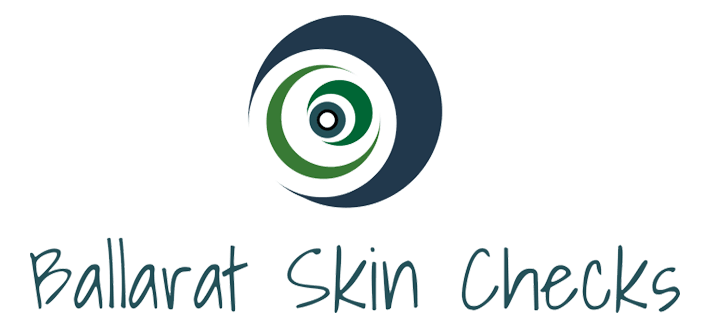
*ASK us about CORPORATE SKIN CHECKS. We can come to your business to do BULK EMPLOYEE skin checks. This means your employees can save on travel time and take half an hour off work rather than hours off work to have a full body skin check.
SKIN REPAIR
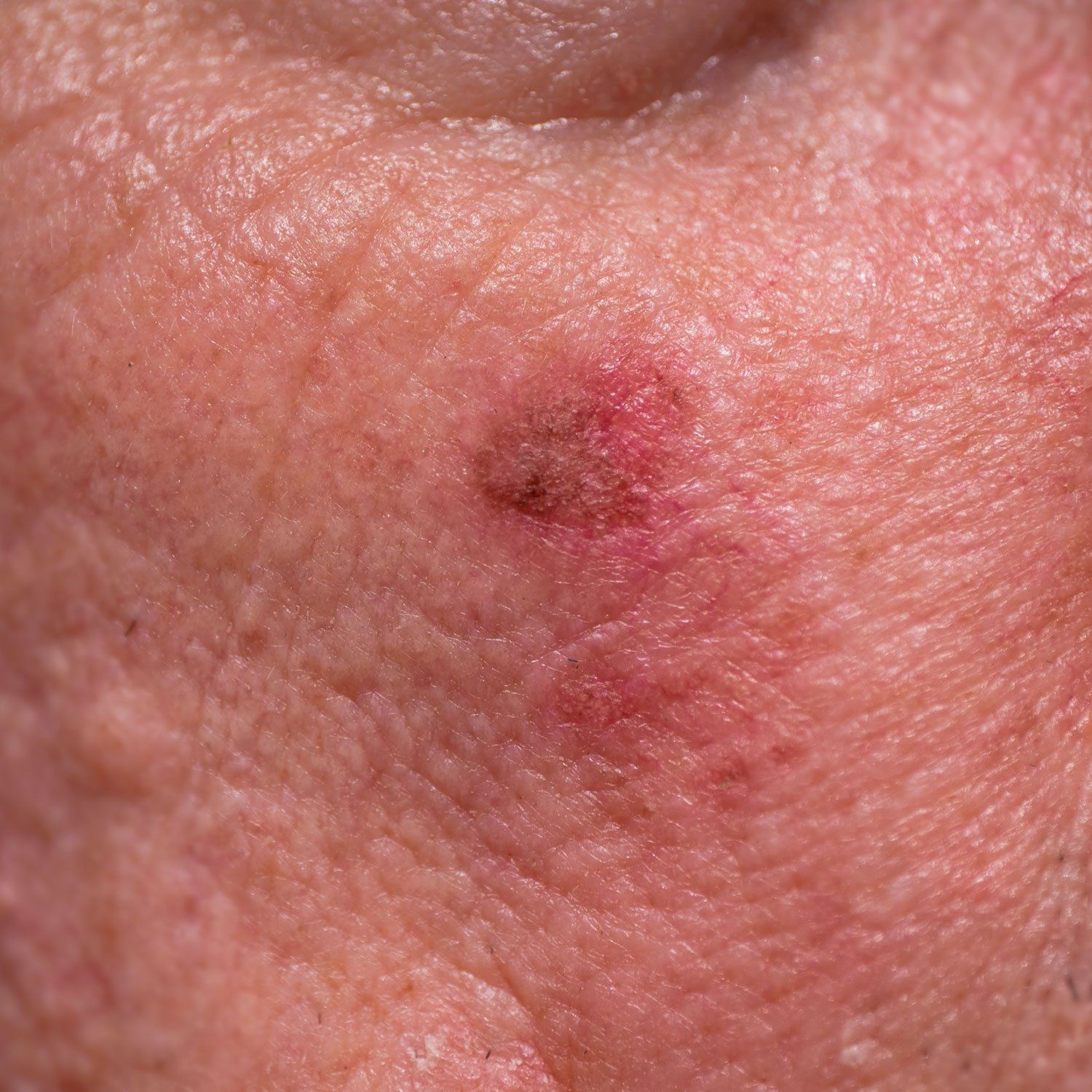
SUN DAMAGE
Australia is subject to high levels of ultraviolet radiation that damages the DNA in our skin. This damage doesn’t disappear, but accumulates over our lifetime. Sun spots or solar keratoses are evidence of sustained sun-damage. They are red crusty spots on the sun-exposed areas of your skin.
The presence of these sun-spots raises your lifetime risk for skin cancer, especially squamous cell carcinoma. Any spots that become tender or thickened require a visit to your skin-cancer professional or skin clinic to be assessed for the presence of a skin cancer.
Treatment of the sun-damaged skin not only can improve the appearance and texture of your skin, but it can reduce the risk of skin cancer in area treated.
Sunscreen applied EVERY day and the use of oral or topical Vitamin B3 preparation can also reduce your skin cancer risk. Our clinic is happy to discuss this at your skin cancer consultation or mole check.
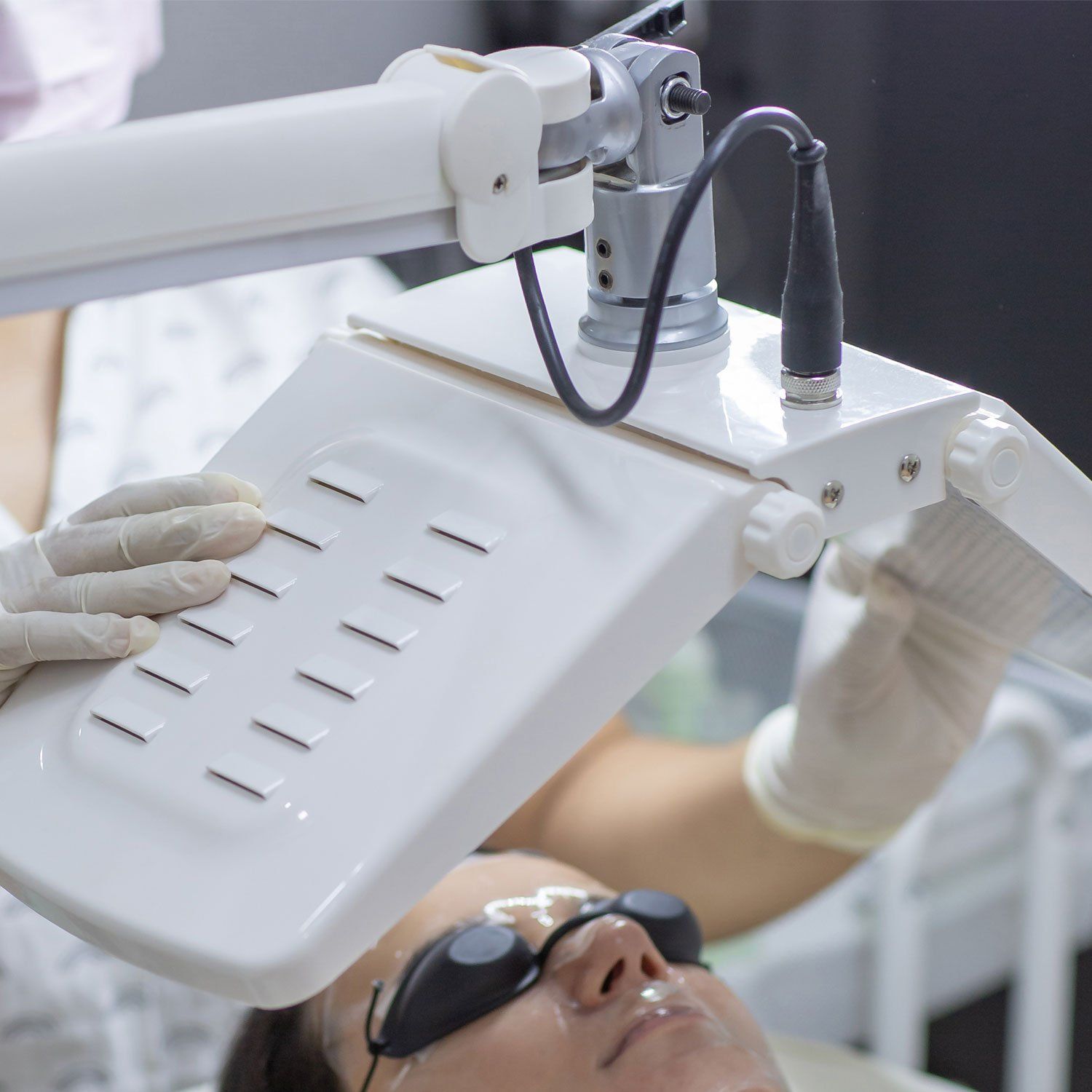
PHOTODYNAMIC THERAPY (PDT)
PDT uses strong light or daylight to activate a sensitiser that is preferentially absorbed by the diseased skin. This results in the destruction of sun-damaged cells and can reduce sun-damage by up to 90%. It can also help with pigmentation and fine lines. It is a non-invasive treatment option for patients with actinic keratoses (sun-spots), certain superficial skin cancers such as Bowen’s disease, and superficial or thin basal cell carcinomas (BCCs). It is often preferred to the topical treatments as recovery time after treatment is much shorter. It usually improves the texture of the skin and can reduce ongoing skin cancer risk.
PATIENT INFORMATION PHOTO DYNAMIC THERAPY
PDF 530kb
TOPICAL TREATMENTS
Topical Creams such as Efudix (5-Fluorouracil) and Aldara are also effective at treating sun-damage. They are usually applied for 3-6 weeks and can be used for similar indications to PDT.
A recent innovation has been the use of the combination of Efudix (5-Fluorouracil) and Calcipotriol (synthetic Vitamin D). This has shortened treatment application times to 4-6 days, increased efficacy, and seems to improve resistance of treated skin to future skin cancers.
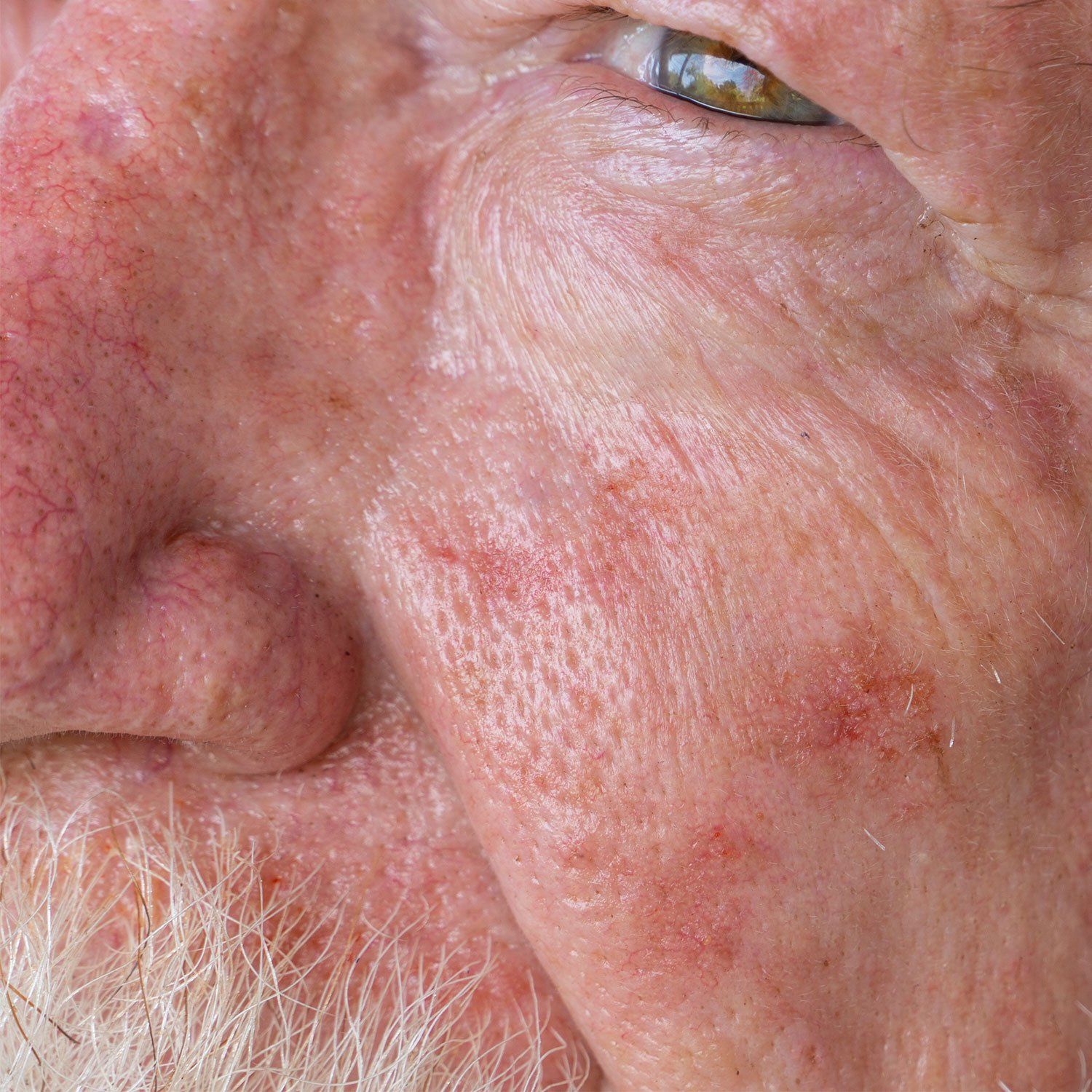
PATIENT INFORMATION EFUDIX CALCIPOTRIOL CREAM
PDF 250kb
CONSUMER MEDICAL INFORMATION CALCIPOTRIOL
PDF 250kb
CONSUMER MEDICAL INFORMATION EFUDIX
PDF 250kb
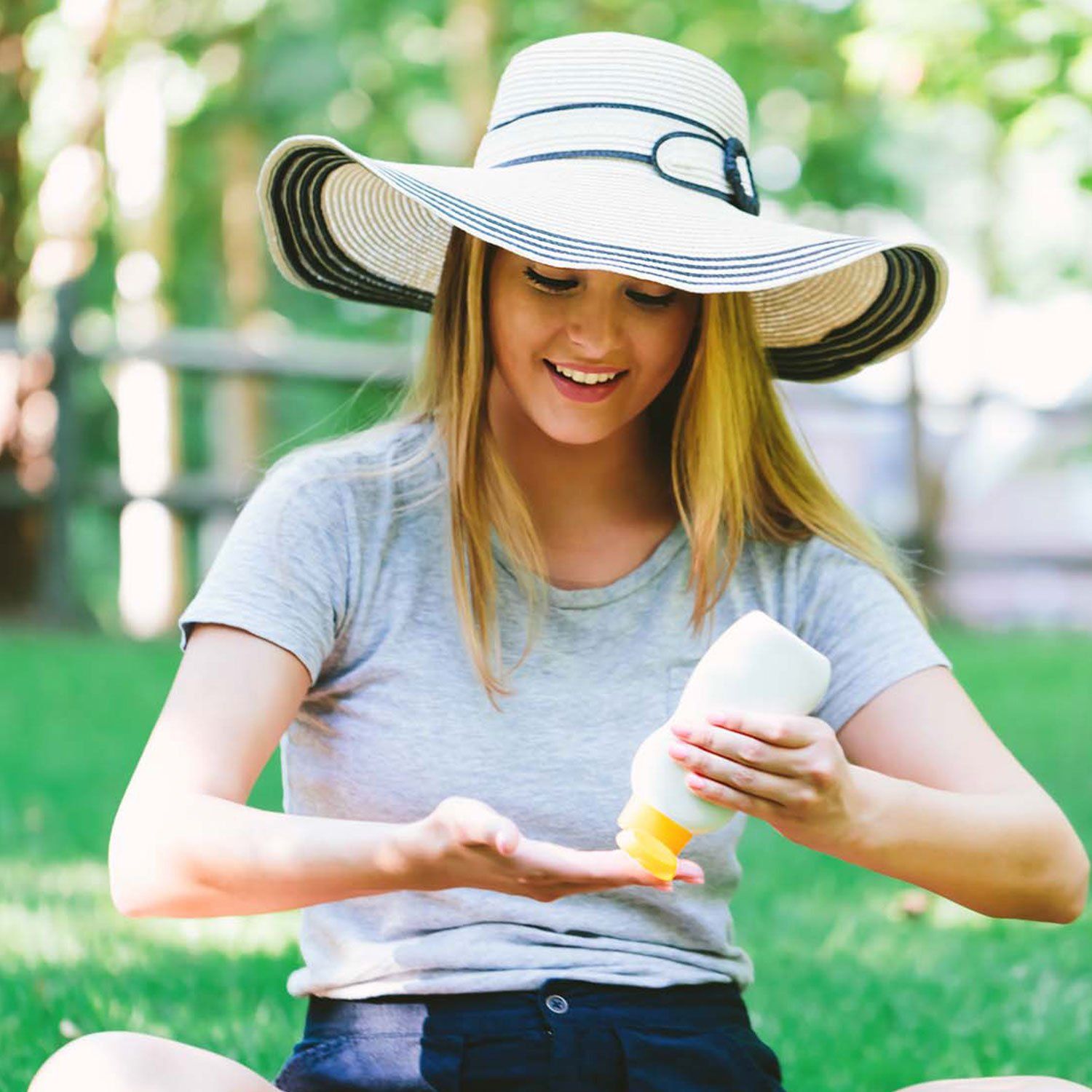
PREVENTION
Sunscreen can reduce the occurrence of solar keratoses, and can reduce the risk of developing skin cancer by up to 30%. Those with the most skin damage gain the most benefit, it is never too late.
Niacinamide (Vitamin B3) can be used topically or orally in addition to sunscreen to reduce the risk of sun-damage and the development of skin cancers by 25-30%. Skin Cancer Ballarat and Ballarat Skin Checks can provide advice on what treatment would be best in your circumstances.
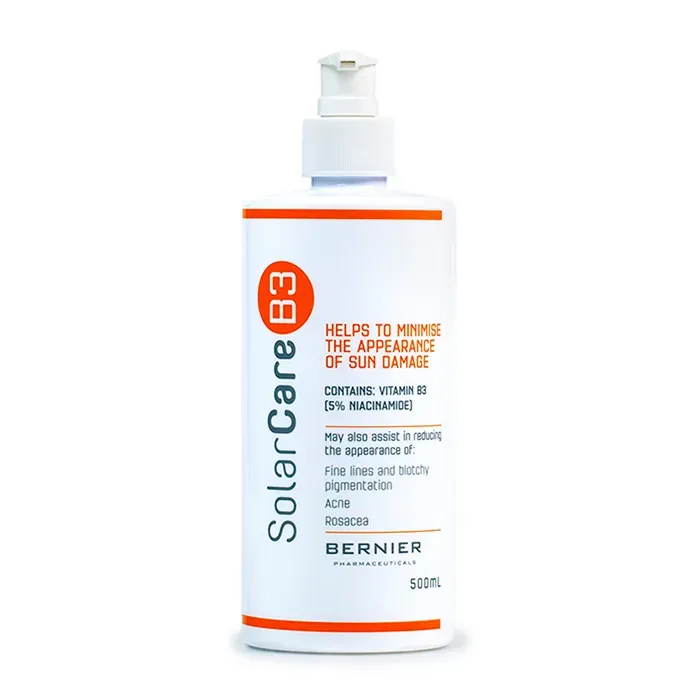
SolarCareB3 Pump 500mL
SolarCareB3’s signature moisturiser is the all-over face and body solution to sun-damaged skin. It combines lightweight moisturising factors with research-backed dosages of 5% Vitamin B3 (niacinamide) to nourish the skin while helping to minimise the appearance of sun-damage.
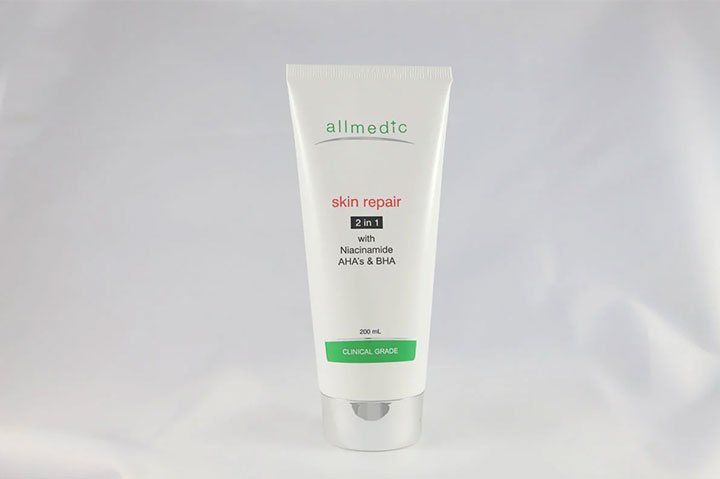
ALLMEDIC SKIN REPAIR
The everyday allmedic skin repair contains a higher concentration of alpha hydroxy acids (AHAs) than Face Repair. It targets dead or damaged skin by breaking the bonds between the surface skin cells resulting in chemical exfoliation. This increases cell turnover revealing newer
Treatment of Common warts
Common warts are usually located on hands and feet but can also be found on elbows and knees. They are caused by the Human Papilloma Virus (HPV, Types 1 & 2). These types of warts are unlikely to spread from person to person and do not develop into a cancer. They can take months to years to resolve on their own. Some people are quite subconscious about their appearance and seek to have them removed sooner rather than allowing them to resolve on their own.
Amy is now treating these types of warts in the clinic using the approved Falknor technique.
Using local anaesthetic to numb the main wart (usually the largest, if there are multiple nearby), a sterile needle is used to prick the wart multiple times down to subcutaneous tissue. This technique is thought to induce inflammation and a systemic immune response.
Meaning that your immune system recognises the virus and subsequently tries to clean up the virus from your body.
A pressure dressing is applied, and the area may become bruised and irritated for the first day or two and then gradually dries to a thick crust. The lesion/s usually subsides within 1 month but can take up to 3 months for complete clearance.
Studies have shown that this technique has an 85% complete resolution of a single wart and 68% resolution of both the punctured and distant warts at the end of 3 months.
The technique is usually a once off treatment, unlike multiple treatments of liquid nitrogen cryo therapy that also has a much higher recurrence rate than the Falknor technique
Treatment time is booked for 30 mins and costs $100 OOP per treatment.
